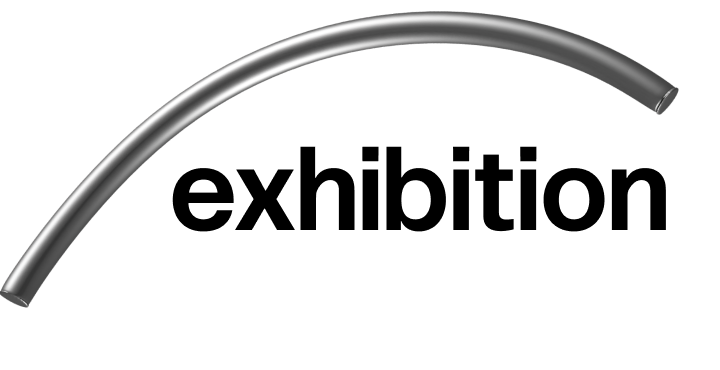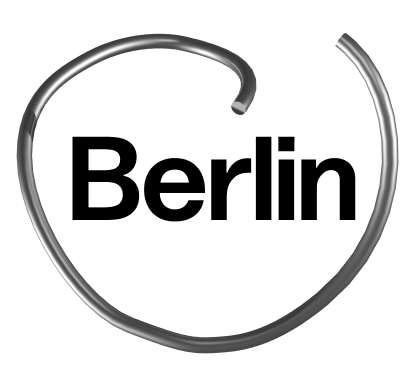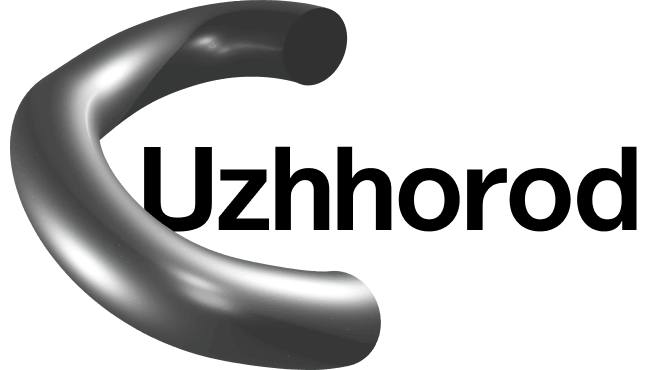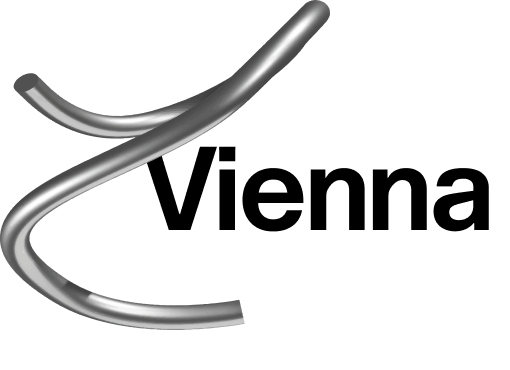Nikita Kadan
Nikita Kadan (born 1982 in Kyiv) graduated from National Academy of Fine Art (Kyiv) in 2007. He works with installation, sculpture, painting, graphics, often in interdisciplinary collaboration with historians, architects, and human rights activists. He is a member of the artist group REP (Revolutionary Experimental Space) and founding member of Hudrada (Artistic Committee), a curatorial and activist collective. Kadan lives in Kyiv. His works were presented in the Ukrainian Pavilion of the 56th Venice Biennale in 2015.

Everybody Wants to Live by the Sea
2014,
archival documents, neon, photo, gouache, graphite
Hidden memories of the peoples, nations, and states struggling for possession of the Crimean peninsula along with the artist’s personal memories are transformed in a semi-documentary display of imagery and distinctive architectural forms that tells the story of the land, its past, and, consequently, its future. Historically Crimea was home to different ethnic and religious groups. In 1944, the Crimean Tatars were deported on Stalin’s orders, leaving a shameful yet invisible mark on one of the most famous Soviet resorts. After the fall of the Soviet Union, Crimean Tatars returned to their ancestral homeland and started to re-occupy the territory with self-built settlements. These fragile architectural shelters are often left unfinished or are ruined by local authorities driven by a new wave of xenophobia toward Crimean Tatars, who are again becoming an object of exclusion in the new “Russian Crimea.” Drawings of the geometrical shapes of modernist architecture, reminiscent of the Soviet paradise built on the Crimean Tatars’ territory after its ethnic cleansing, are superimposed on documentary photographs of the new Tatar settlements.


neue Gesellschaft für bildende Kunst (nGbK), station urbaner kulturen/nGbK Hellersdorf, Between Bridges, Prater Galerie
February 23–June 9
Kyiv Perennial
Shawl. Dolyna
2023,
metal
Shawl. Dolyna continues the series of works which the artist began in 2015 with the Gazelka sculpture. In these works, sheet iron found in warzones, crumpled by explosions or torn by a shrapnel, takes the shape of flags, pennants, banners, and shrouds. In other words, it conflates with a cloth that bears prints or symbols. The author emphasizes the experience of the material in itself, avoiding additional generalizations: a piece of metal from a GAZ-3302 car (aka “Gazel” or “Gazelka”) becomes the flag of this particular car, iron from the roof of a destroyed house in Irpin turns into the “Irpin Sculpture”. A metal sheet found by the artist in the ruins of Dolyna village (Donetsk region) has become a shawl, the first object in the series whose shape does not refer to symbolically loaded things such as a flag or a banner but instead speaks of the normalization of widespread destruction, its growth into the usual course of life.


Sorry No Rooms Available
October 8–November 12
Where Are We Now, After All Those Endlessly Repeated Words?
Curated by Petro Ryaska, Daria Shevtsova
On Protection of the Monuments
2023,
Installation
Monuments from the Soviet era and political developments in the post-Soviet period are the focus of Nikita Kadan’s interest. His installation for the Kyiv Biennial is based on the photograph of a Hostomel soldier: a Soviet monument comparable to other "Unknown Soldier" figures and, like many others of this kind, dedicated to the memory of liberation from fascism. Although Russian propaganda frequently references that liberation, many of these monuments have been destroyed in the ongoing attacks. For Kadan, the Hostomel soldier embodies the paradox of relations between the "factual" war past, changing ideologies and forms of commemoration, and aspirations to "monument protection", which in this case turns into an erasure of memory. Kadan’s contribution was originally to be realized on the temporary contextualization by Six/Petritsch of the Karl Lueger Monument on the square of the same name in Vienna. However, this fell victim to the premature dismantling of the installation Lueger Temporär. Remnants of the sculpture can now be seen together with Kadan’s initially planned intervention. A model by Six/Petritsch forms the new basis of On Protection of the Monuments.


Augarten Contemporary, hoast, IG Architektur, Laurenz, Neuer Kunstverein Wien, Never At Home, Waffen Franz Kapfer, New Jörg, Ve.Sch
October 17–December 17
Main Exhibition
Curators: Serge Klymko, Hedwig Saxenhuber and Georg Schöllhammer